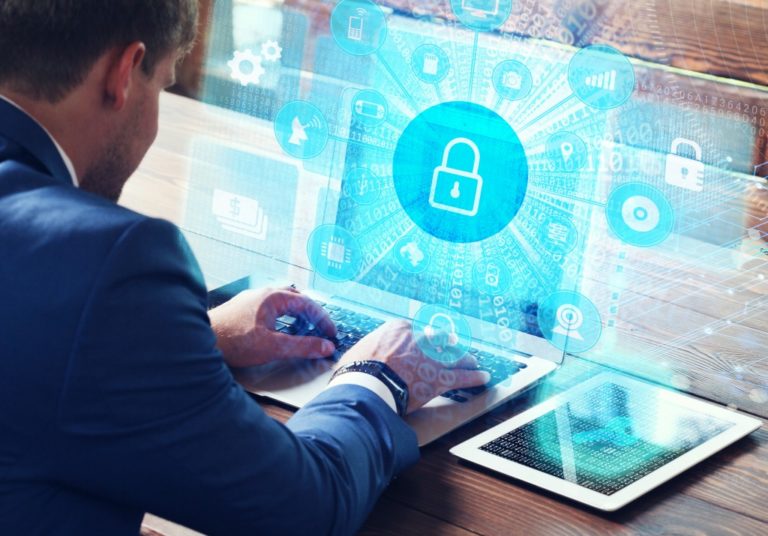Every person holds their privacy dear to them. No matter how introverted or extroverted a person is, the significance of personal space is all equal. Yet, nowadays, invading one’s privacy has become so easy, especially on the world wide web. In the workplace, companies have opted for open layout offices.
What is privacy?
Privacy is a fundamental right that allows people to set a personal space where they have control over who and what they grant access. Because of privacy, people can “establish boundaries to limit who has access to our bodies, places and things, as well as our communications and our information.” This right is responsible for protection from any breach in what we want to keep to ourselves.
Whether it is in the workplace or the internet, privacy is essential to ensure one’s safety. Without privacy, people may feel like eyes are on them and every move they make can be taken against them, resulting in discomfort and threat. When privacy is breached, one could feel disrespected and betrayed.
Privacy and technology
There’s a reason for passwords and fingerprint sensors, but what gets pushed into the shadows is data that one provides on the internet. It’s easy for companies and governments to retrieve personal information and behaviors about individuals that they can manipulate, track, or use against these people. Sometimes, without the individual’s knowledge.
This invasion of privacy is most common in social media networks. Not only do these platforms have a history of data privacy scandals but users freely share—even overshare—information about “What’s happening?” or “What’s on your mind?” on these websites.
With this knowledge, websites and social media platforms have increased their security to avoid committing the same mistakes. For example, Terms and Service have been updated several times recently, and they make sure to inform users. Retrieval of cookies is also disclosed on almost every webpage today.
Privacy in the workplace

In the effort to improve productivity and promote collaboration, modern offices have embraced an open space floor-plan where employees don’t have partitions between workspaces. This kind of layout supports informal interactions between everyone in the office and makes more room for more people. Start-ups also use this kind of layout to minimize costs in office interiors.
However, the problem is its lack of privacy. There are some employees and departments in the office that need a secluded room because they deal with confidential information, administrative work, and take several phone calls within the day. Therefore, workspace partitions are incredibly useful for them.
To solve this problem, companies provide different work environments for employees with a variety of work processes. Those who have more collaborative roles like creatives and marketing can utilize open spaces where they can openly pitch ideas. Those who need more privacy can have cubicles where they are given serenity to focus more on their productivity.
Creating a closed area in the office can range from conference rooms to individual rooms. This way, having a closed and open layout kind of office gives the employees a choice on how they want to work for the day. In a way, they have a sense of freedom in the workspace.
There shouldn’t be a time where privacy is outrightly compromised. These two situations—online and in the workplace—have found solutions to preserve one’s fundamental right to privacy.






